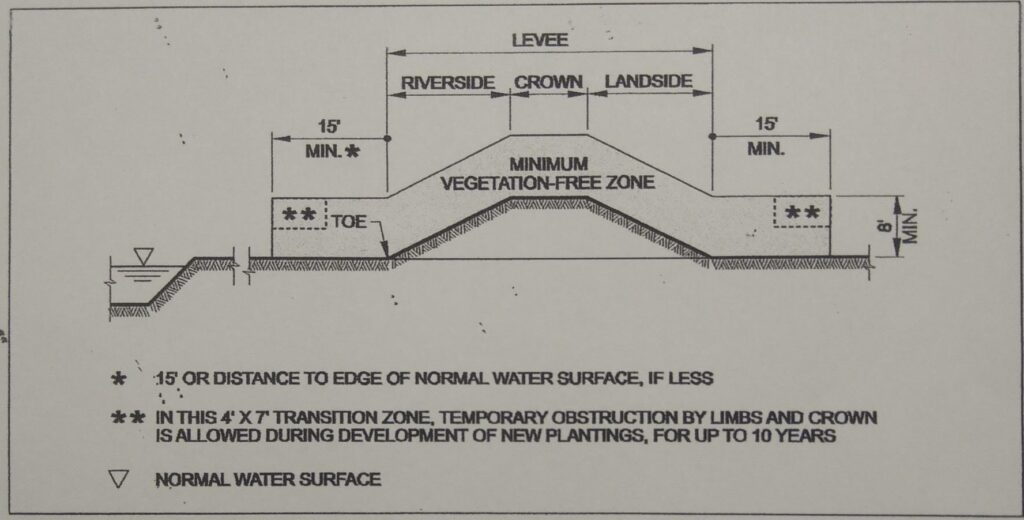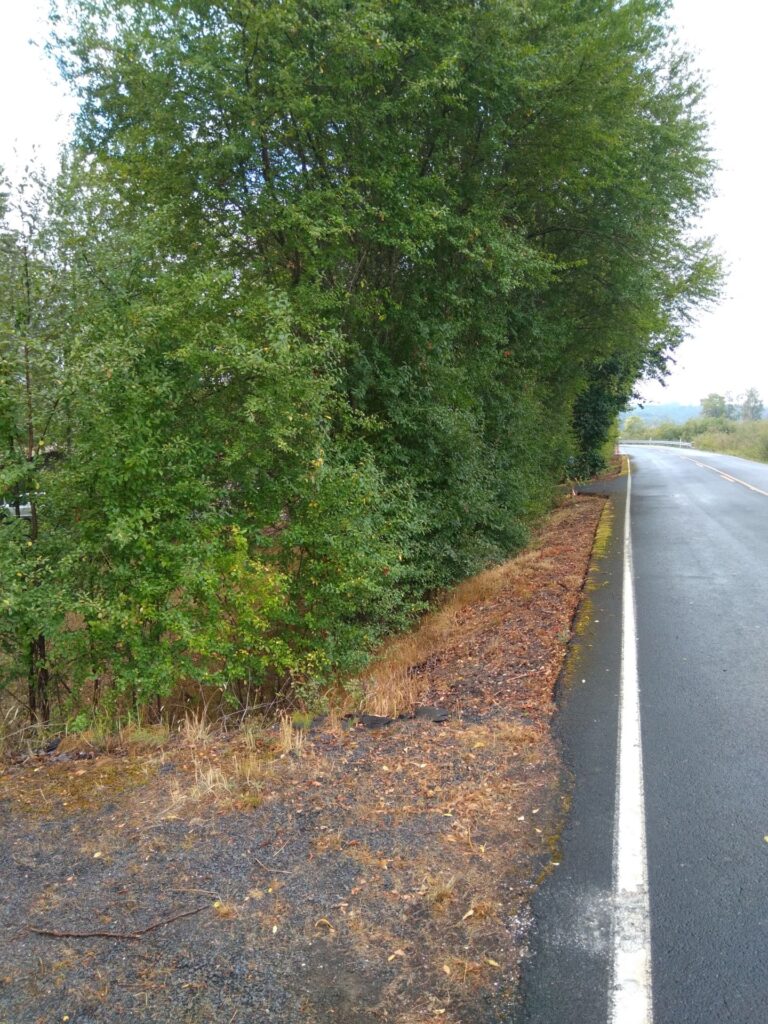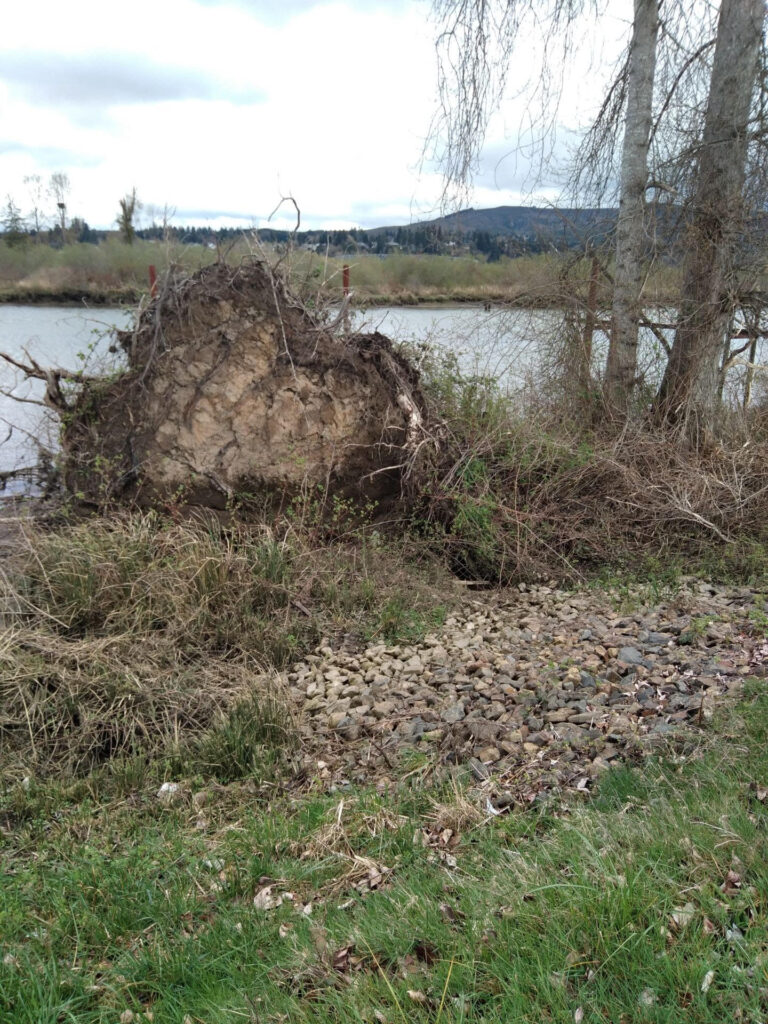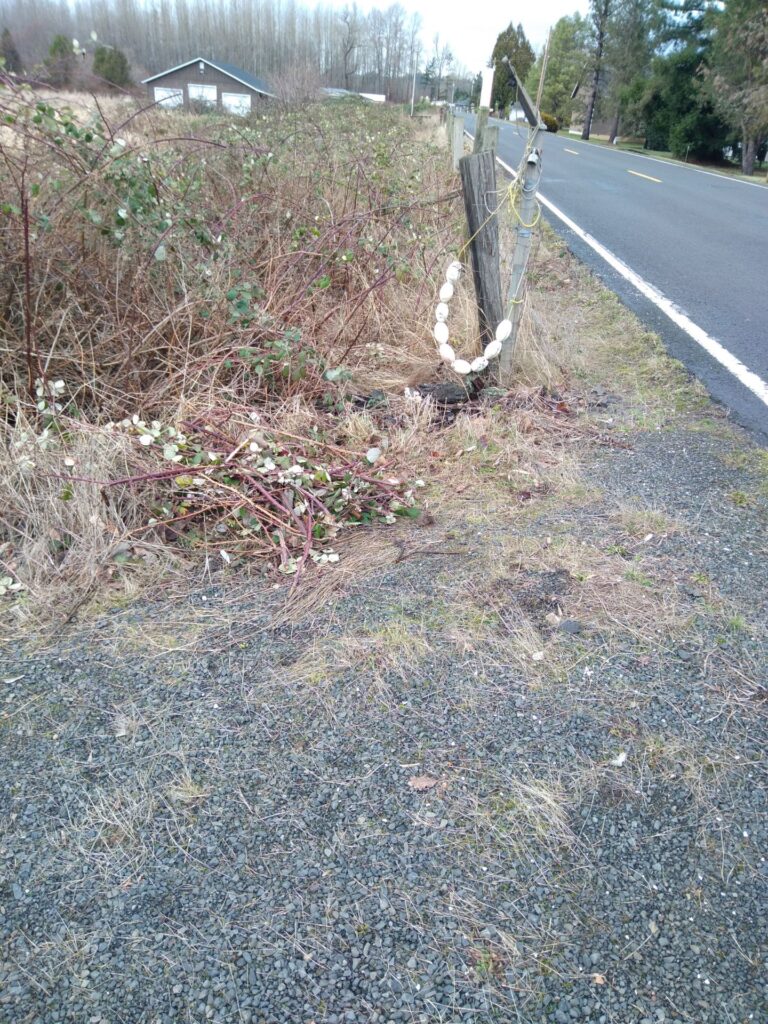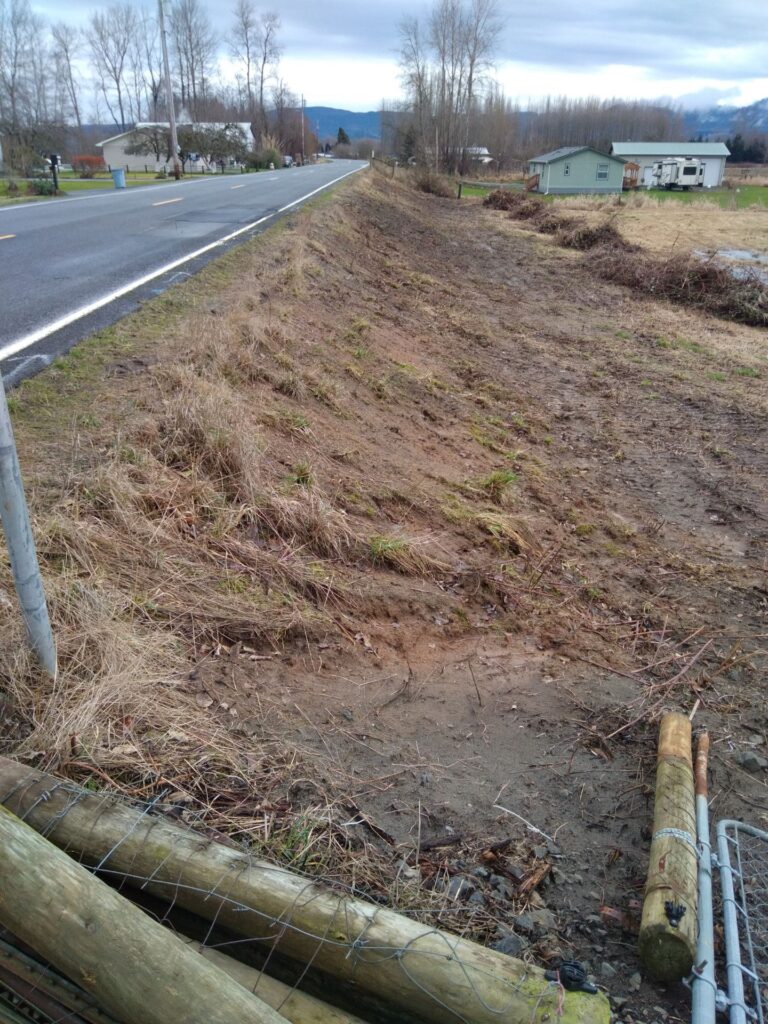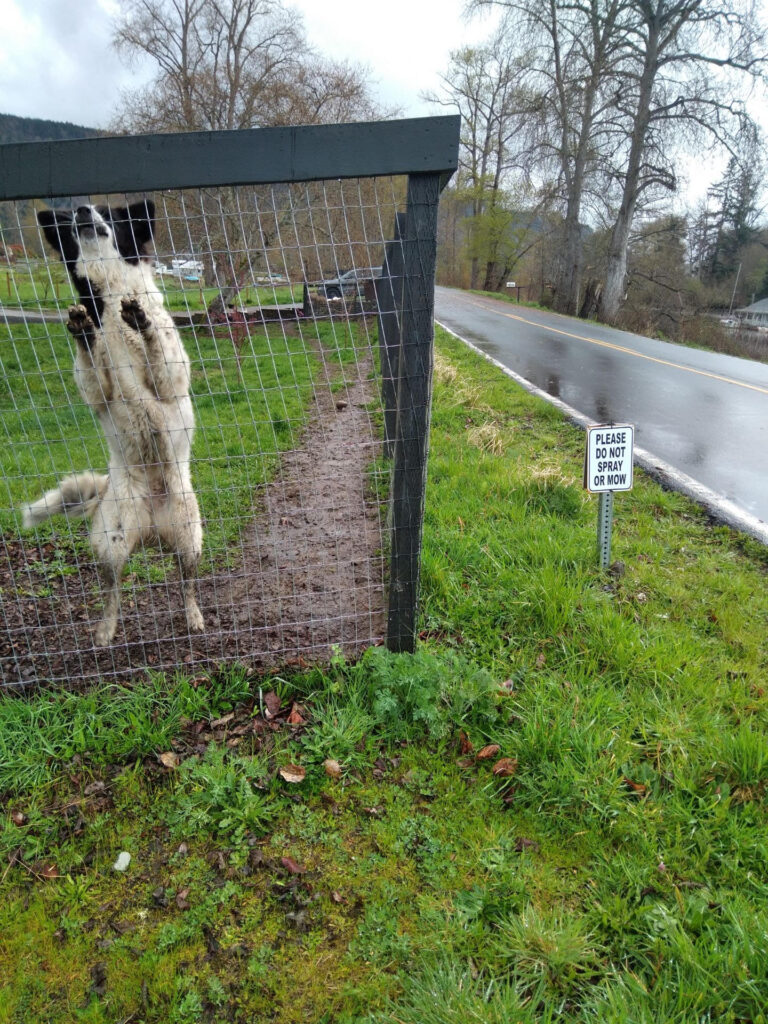Vegetation, Fences, and Buildings
The 1936 Flood Control Act made the US Army Corps of Engineers (USACE) the primary agency responsible for flood control regulations and levee standards. Consolidated Diking District #1 is the local sponsor who coordinates with the USACE to ensure those regulations are met and standards are enforced. No alteration, improvement, excavation, or construction is permitted within the federally constructed levee right-of-way without prior approval from the local sponsor.
In order to receive funding for emergency assistance and disaster recovery, Consolidated Diking District #1 must be in good standing with the USACE’s regulations and standards and be able to demonstrate that the levee and drainage system can protect against flooding. The USACE inspects the levee system annually and every fifth year, undertakes a comprehensive inspection of all the diking district’s infrastructure. The levee must pass with an acceptable rating to be accredited through the Federal Emergency Management Act. Accreditation gives property owners within the system boundary access to lower cost flood insurance as well as not requiring property purchasers to acquire flood insurance when funding purchases through financial institutions.
This website contains two manuals written by the USACE that detail standards for vegetation and encroachments. Levee encroachments are defined by the USACE as objects that do not provide a flood control function. Examples of encroachments include buildings, landscaping, fences, mailbox posts, and utility poles. Diking District #1’s historical policy has allowed adjacent landowners to use parts of the diking district’s right-of-way as their yard or in other words, has allowed adjacent landowners to encroach on diking district property. Diking District has favored this approach so that adjacent landowners help the district maintain the levee system as long as USACE standards are met. It is noted that some standards in these manuals have changed over time. Since Hurricane Katrina in 2005, The USACE no longer allows new water line crossings in the levee prism, and has further restricted woody vegetation along the levee prism. Contact Diking District #1 before starting any work in the district’s right-of-way for proper guidance.
The most frequently asked about encroachments are buildings, landscaping, and fences.
BUILDINGS
Diking District #1 does NOT allow any permanent buildings or structures on the district’s right-of-way.
LANDSCAPING
The USACE and Diking District #1 prefer a Minimum Vegetation-Free Zone on the prism of the levee. The only allowance is that native perennial grass species are permitted for the purpose of erosion control. This vegetation standard provides a reliable corridor of access for surveillance, inspection, maintenance, monitoring, and flood fighting. Diking District #1 monitors for seepage, cracking, sinkholes, settlement, and any other signs of distress. A Minimum Vegetation-Free Zone protects against tree uprooting and limits habitat that encourages the creation of animal burrows. In recent years, Diking District #1 has stepped up eradication of blackberries on and along the levee prism.
FENCES
With prior approval, Diking District #1 allows fence placement beyond the toe of the levee. Fences built on the slope of the levee or at the crown of the levee are prohibited. Diking District #1 regards any fence as a barrier to keep pets and livestock in a designated area. If fences are built on the slope or at the crown of the levee, this would allow animals to erode the slope of the levee and weaken the levee structure.
